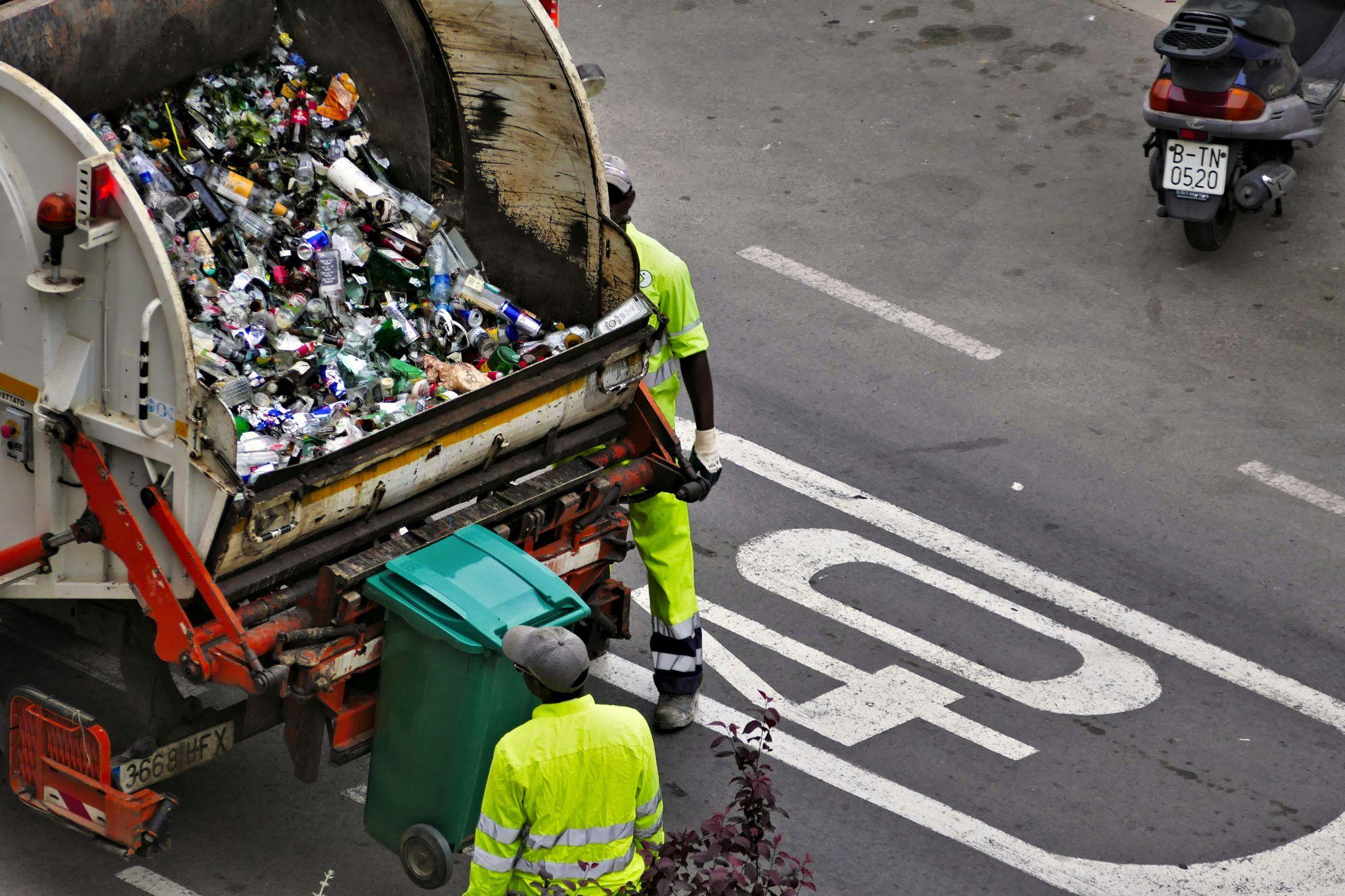Author | Elvira Esparza
Despite recording the rainiest 18 months on record, England is facing a drought in the coming months. This is an unusual water volatility situation, characterized by alternating periods of drought and flooding.
The problem for cities in the country is that rainwater is not stored appropriately. Consequently, the Environment Agency predicts a shortfall of nearly 5 billion liters of water per day by 2050 if measures are not taken. Although the government has established general measures to control water consumption, the risk of future water shortages persists without the implementation of smart water management practices.
Why is there a risk of drought in England?
Despite the United Kingdom being one of the rainiest countries in Europe, England, in particular, is at risk of droughts. Water experts attribute this to several factors:
- No new reservoirs have been built in the last 30 years to store rainwater. Water in England is exclusively owned by private companies, but these companies have not built any reservoirs, partly due to political difficulties. However, the Environment Agency has announced that these companies have committed to building seven major reservoirs by 2050.
- Wetlands have been drained and converted into agricultural land or urbanized areas. Intensive farming has also contributed to the soil’s reduced ability to retain water, leading to increased water needs during dry periods.
- The transformation of rivers into channels to facilitate water transportation has caused water to flow more rapidly, reaching the sea without being retained. This alteration increases the risk of flooding.
- The supply network suffers from a lack of maintenance, resulting in leaks of around one billion liters of water per year. Most of the pipes date back to the Victorian era, and the rate of replacement is extremely slow.
- Water consumption has risen due to population growth, with the population expected to reach 75 million by 2050. The situation is worsened by the high average water consumption of 150 liters per person per day, which is higher than in France (128 liters), Spain (130 liters), or Germany (122 liters).
- Rainfall has decreased, and temperatures have risen due to climate change. According to forecasts, if temperatures increase by 2 ºC, the risk of flooding will rise by 61% by 2050.
What measures have been put in place to address the lack of water?

Water management was privatized in England and Wales in 1989 under Margaret Thatcher’s government due to the lack of public investment. A total of 13 companies operate across the country, each responsible for a specific region, with no competition between them.
When there is a risk of drought, as most recently in 2022, these companies implement plans that include restricting consumption and banning activities such as watering private gardens and allotments, washing cars, and filling swimming pools. These measures are implemented alongside government proposals to maintain the water supply during drought conditions.
Measures applied in English cities
London
Thames Water supplies water to 15 million households in London and the southern region of England. This company has a drought plan in place with measures to reduce water demand and increase supply when water is scarce. Furthermore, it has the Queen Mary reservoir, designed to guarantee supply during drought periods and the Beckton desalination plant, which uses advanced technology to convert water from the Thames into clean water. It can produce up to 150 million liters of water per day, supplying 400,000 households.
Birmingham
Severn Trent Water is the water company in this city that has invested in the use of underground aquifers to store water to be used in times of drought. This project has enabled the city to reduce its dependence on reservoirs. It has also invested in modernizing the distribution network and reducing leaks.
Manchester
United Utilities’ plans in Manchester include measures for the preservation and efficient use of water. The company uses the Thirlmere Reservoir to store water and is committed to the recycling and reuse of treated water in industrial and farming areas. These measures have reduced the demand for fresh water, minimized the environmental impact, and ensured a reliable supply for non-potable uses.
Bristol
Bristol Water has focused on reducing leaks throughout the distribution network. By using smart sensors, Bristol Water detects and locates leaks in real-time along the distribution network, reducing water losses and improving efficiency, saving millions of liters of water per year. Additionally, Bristol Water manages the Chew Valley Reservoir, which can store water to ensure supply during drought periods.
Newcastle
Northumbrian Water in Newcastle has developed education and public awareness programs to promote the responsible use of water in households. These programs include a real-time monitoring system that uses data from sensors distributed across the network to efficiently manage the water supply. This system has optimized the use of water resources and reduced water wastage. Additionally, it utilizes the Kielder Water reservoir, the largest in the United Kingdom.
Leeds
Yorkshire Water has chosen to build new reservoirs and improve existing infrastructure to optimize water management in the city of Leeds. They also use technologies to efficiently monitor water demand and supply. It has proposed installing efficiency devices in households, such as water-saving shower heads and smart irrigation systems. This initiative has raised public awareness about water conservation and reduced household water demand.
Essex
Essex County Council has developed an initiative to reduce the impact of flooding. Five years ago, a pair of beavers was introduced in East Anglia. They have since multiplied and built dams that store millions of liters of water, helping to reduce the impact of both drought and flooding. These dams also slow the water flow, improving the soil’s humidity.
These measures have improved the resilience of cities against drought in the United Kingdom by reducing water losses due to leaks and increasing public awareness of the need for responsible water use.
Images | Craig Cameron, David Tip






















































